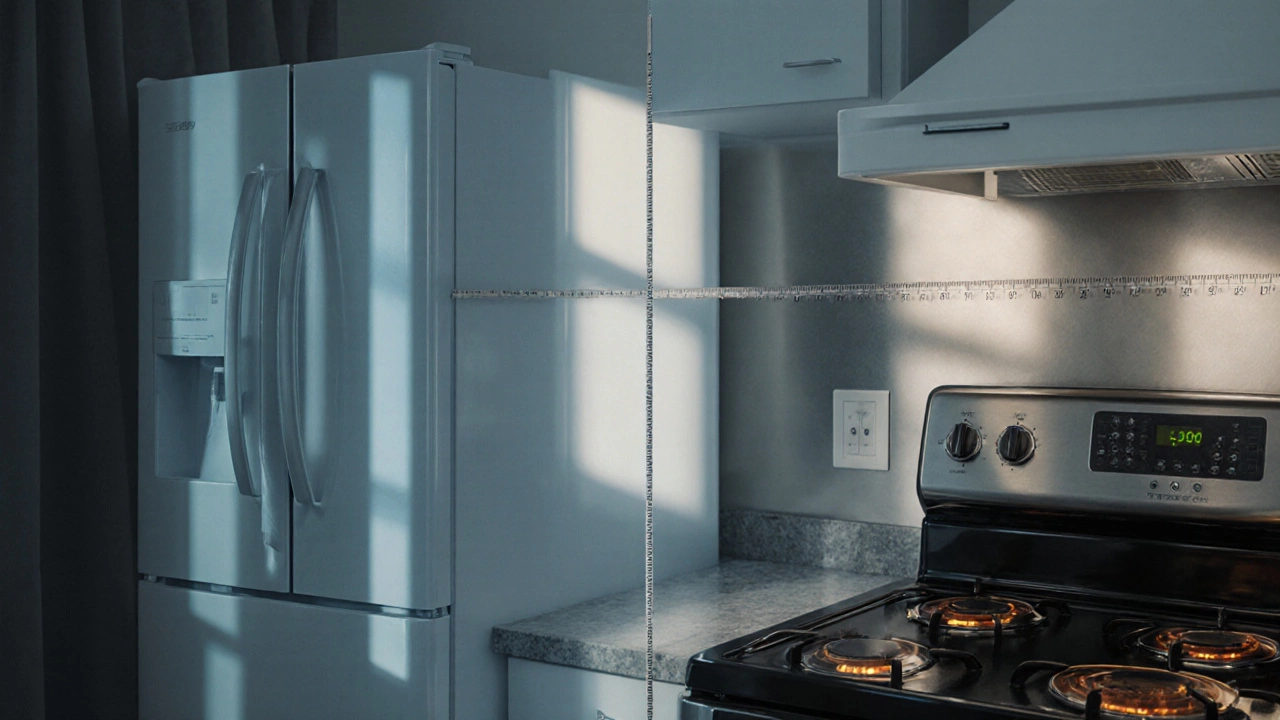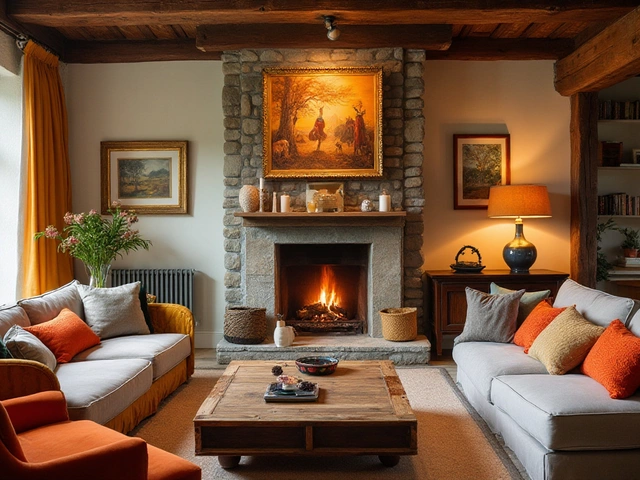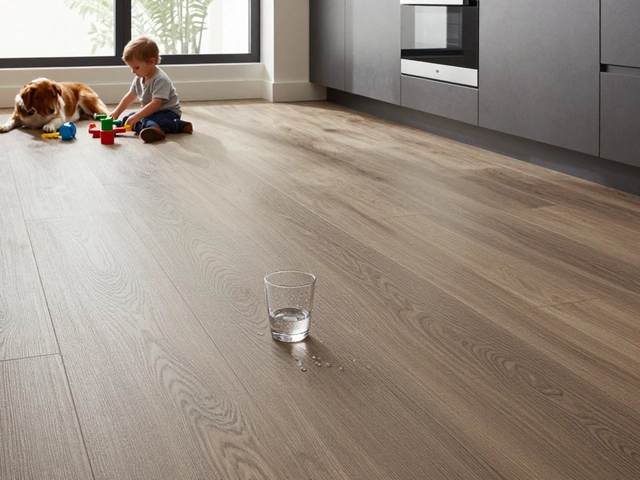Kitchen Layout Safety: Designing a Safe and Efficient Kitchen
When planning kitchen layout safety, the practice of arranging kitchen elements to prevent accidents and improve workflow. Also known as safe kitchen design, it helps families avoid trips, burns, and injuries.
Kitchen layout safety is not just about looking good; it’s about keeping the space usable for everyone from kids to seniors. The first step is to understand the three core zones: preparation, cooking, and cleaning. When these zones flow logically, traffic patterns stay clear and the risk of bumping into a hot pan drops dramatically. This is a classic example of a semantic triple: Kitchen layout safety encompasses proper traffic flow. In practice, you’ll map out where each appliance lives, then draw imaginary lines for movement. If the line crosses a doorway or a fridge door, you’ve found a potential hazard.
Key Elements of Kitchen Layout Safety
One of the most overlooked pieces is kitchen layout, the shape and flow of work zones. A well‑thought‑out layout reduces the number of steps between the sink, stove, and fridge – the classic work triangle – and also keeps sharp corners out of high‑traffic paths. Another vital factor is kitchen ergonomics, the study of how body movements interact with kitchen fixtures. Ergonomic placement means pots are at waist height, knives are stored within arm’s reach, and countertops are at a comfortable height for most users. This leads to the triple: Safe kitchen design requires ergonomic placement of appliances.
Fire safety is the third pillar you can’t skip. fire safety, measures that prevent, detect, and control kitchen fires influences everything from where you put the stove to the material of your backsplash. Keep flammable items like dish towels far from burners, install a smoke detector near the cooking area, and consider a fire‑extinguishing blanket within arm’s length. The semantic connection here is clear: Fire safety influences kitchen layout decisions.
Lighting also plays a safety role. Bright, even lighting at the countertop eliminates shadows where a knife could slip. Under‑cabinet LED strips are perfect for illuminating prep surfaces without glare. If you have an open‑plan kitchen, blend ambient and task lighting so you never have to strain your eyes while chopping. Good lighting isn’t just aesthetic; it’s a visual cue that helps you notice spills before they become slip hazards.
Storage solutions deserve a safety mention too. Deep drawers for pots keep heavy items low, reducing the need to lift them overhead. Open shelves should hold frequently used items at eye level, while less‑used appliances can live in higher cabinets. By assigning a clear purpose to each storage zone, you cut down on rummaging, which often leads to accidental drops.
Flooring material can make or break safety. Non‑slip tiles or vinyl with a textured finish provide traction even if the floor gets wet. Avoid glossy stone that becomes a slick surface after a spill. If you love hardwood, opt for a water‑resistant finish and place rugs that stay flat to the floor. A stable floor supports confident movement, especially when you’re juggling pans and plates.
Finally, accessibility matters for every household. Wider aisles accommodate wheelchair users, and lever‑style faucet handles are easier for those with limited hand strength. Adjustable height islands let you customize the work surface for standing or seated cooking. When you design for inclusivity, you automatically boost overall safety.
All these pieces – layout, ergonomics, fire safety, lighting, storage, flooring, and accessibility – weave together to create a kitchen that feels safe and works smoothly. Below you’ll find a curated set of articles that dig into each of these topics, offering step‑by‑step guides, budget‑friendly hacks, and real‑world examples you can start applying today.






